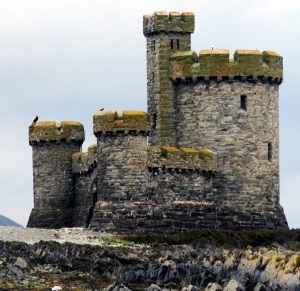Founding of the Royal National Lifeboat Institution on this day in 1824

On this day, 4th March in 1824 William Hillary’s vision for a service dedicated to saving lives at sea became a reality. Initially known as the National Institution for the Preservation of Life from Shipwreck, its name subsequently changed to the Royal National Lifeboat Institution (RNLI). Motivated by the selfless aim to save lives, it has saved some 140,000 lives since its foundation, at a cost of more than 600 lives lost in service.
The founder of the RNLI was William Hillary (4 January 1771 – 5 January 1847) who lived in Douglas, Isle of Man (Manx: Doolish, Mannin). He experienced the treacherous nature of the Irish Sea that surrounds the Island. William Hillary had taken part, along with local people in saving lives from ships wrecked on the Manx coasts. One such incident was the 1830 rescue of the ship St George which had foundered on the Kione y sker reef in Douglas Bay. The Manx name Kione y Sker can be translated into English as 'head of the reef'. It has been corrupted over the years to Conister.
It was a notorious hazard to shipping and given the number of ships that came to grief on the reef, William Hillary was inspired to build the Tower of Refuge on the rock. It is an impressive monument to the work undertaken by the RNLI and its brave crews as well as to its founder William Hillary. He died on 5 January 1847 in Douglas at the age of 76.
RNLI lifeboat crews continue to protect hundreds of communities around Ireland, Scotland, Isle of Man, Wales, Cornwall as well as the Channel Islands and England.
Image: Tower of Refuge Douglas Bay/Baie Doolish






